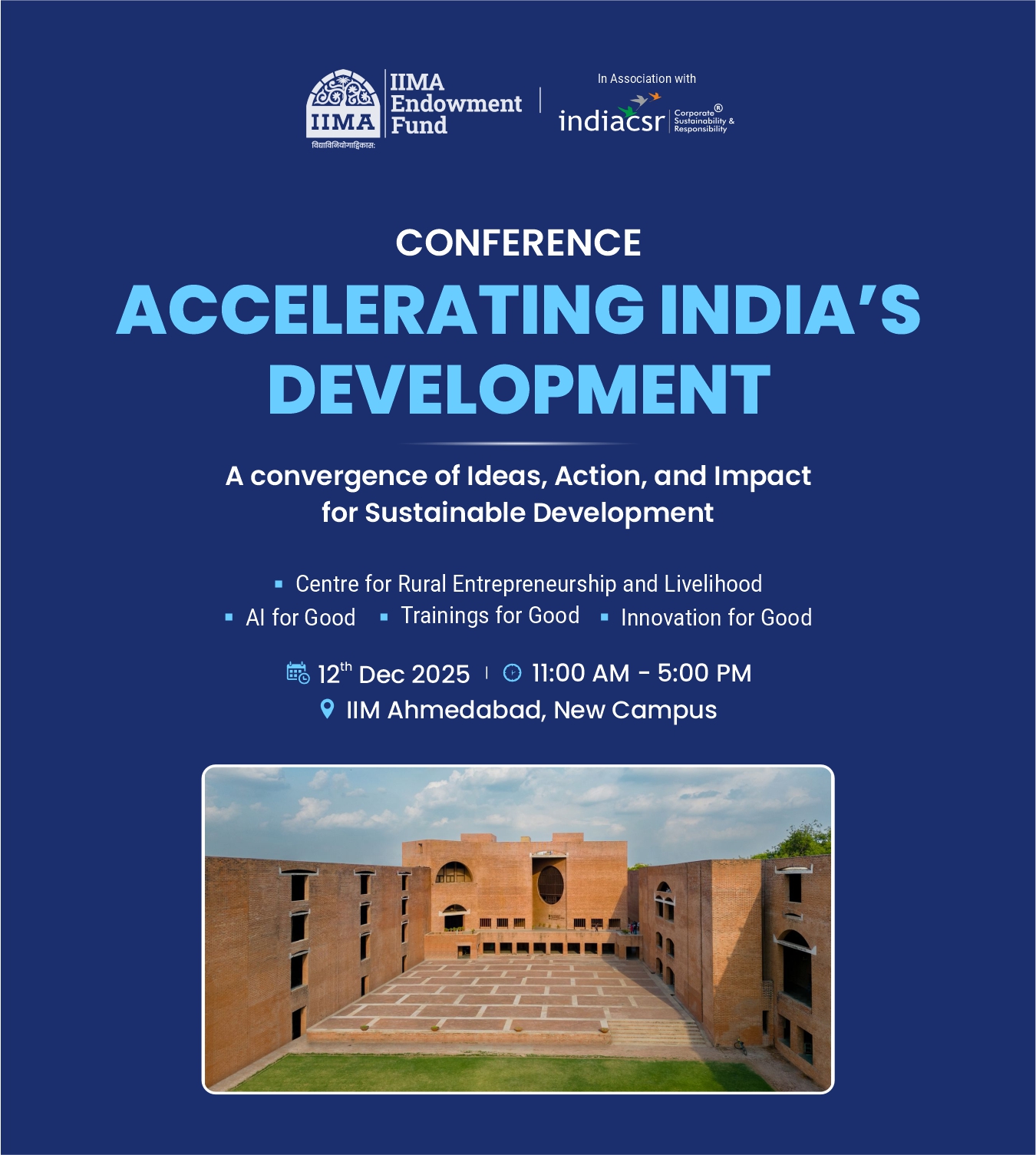It has reported that Government-controlled Energy Efficiency Services Limited (EESL) is planing to float a fresh tender for 20,000 electric cars by early 2018.
Centre is mulling to convert all its 5.5 lakh central government and public sector undertakings (PSU) vehicles into electric. The entire central fleet of cars is expected to turn electric in 5-6 years.
Some of these government-owned companies have already acquired electric vehicles for their official purposes.
They even have a dedicated charging infrastructure within their office premises, especially in Delhi and Noida.
EESL has already released a tender to procure 10,000 electric vehicles on September 29, 2017. Tata Motors emerged as the lowest bidder for the tender and will thus supply a major part of the contract. The second lowest bidder Mahindra & Mahindra has committed to supplying 150 units of the first phase of 500 electric cars.
Presently, cost of electric cars is prohibitively high due to the high cost of batteries which typically make up 40-50 percent of the total cost of acquisition of the vehicle depending on the vehicle type.
Currently, Tata Motors will be supplying Tata Tigo Electric car to to the government. Mahindra has also confirmed that it will launch the electric version of Mahindra KUV100 electric in 2018. Nissan India has been considering the Nissan Leaf for India for a while now and India’s largest car maker Maruti Suzuki has also confirmed investing in manufacturing electric cars in India.
EESL’s EV programme is a comprehensive solution to facilitate adoption of the disruptive technology in the country. Along with procurement of 10,000 EVs through international competitive bidding, EESL will also identify a service provider agency.
This agency, also appointed through competitive bidding, will carry out end-to-end fleet management of the procured vehicles for the concerned government customer.
Apart from continuing to aggregate demand, EESL will also be responsible such as co-ordination between appointed agencies, monitoring and supervision, reporting, complaint redressal and payments. These cars will be used to replace the petrol and diesel cars used by Government and its agencies over a 3-4 year period. The total number of vehicles used by the Government and its agencies is estimated to be 5 lakhs.
As per the report published in May 2017 by Niti Aayog, making India’s passenger mobility shared, electric, and connected can cut its energy demand by 64% and carbon emissions by 37% in 2030. This would result in a reduction of 156 Mtoe in diesel and petrol consumption for that year & at USD 52/bbl of crude, this would imply a net savings of roughly Rs 3.9 lakh crore in 2030.
The shift to EVs through this programme will reduce dependence on oil imports and promote power capacity addition in India thereby enhancing energy security of the country and will also lead to reduction in GHG emissions from the transport sector.
(India CSR Network/Media Report)




